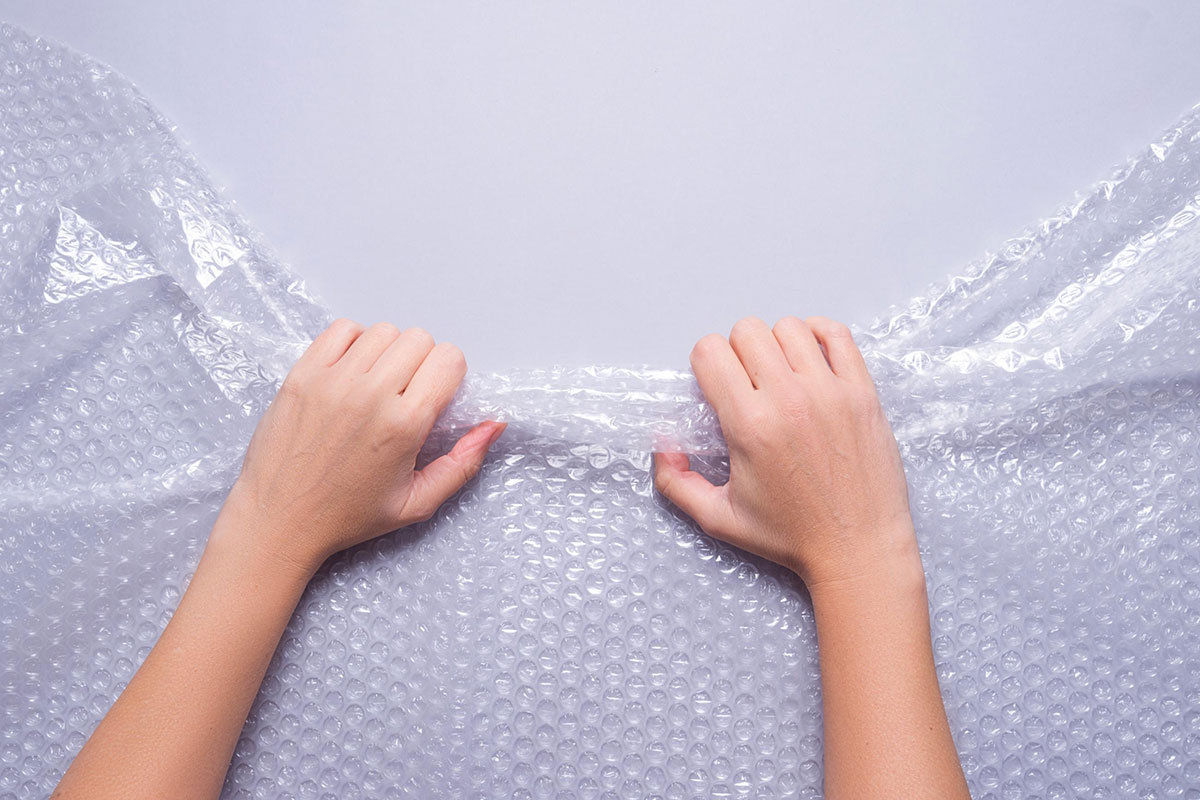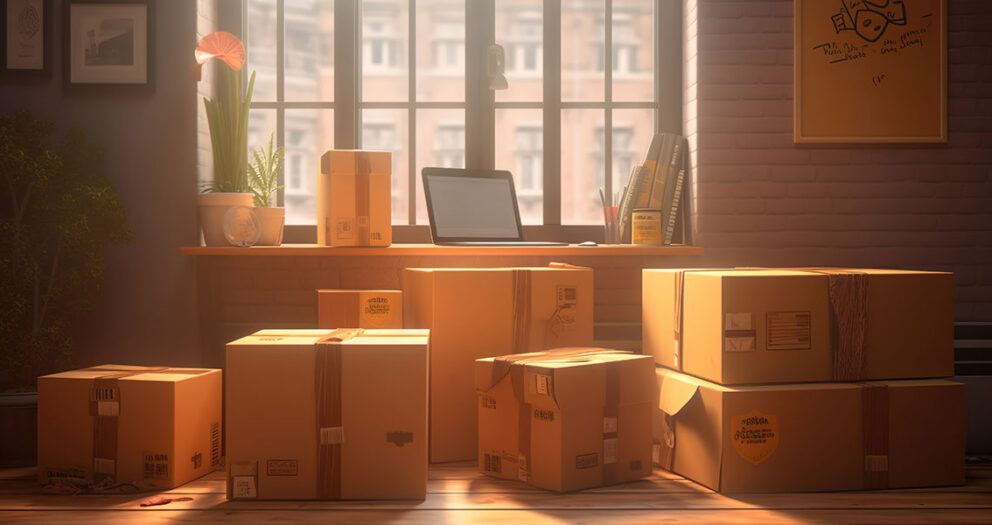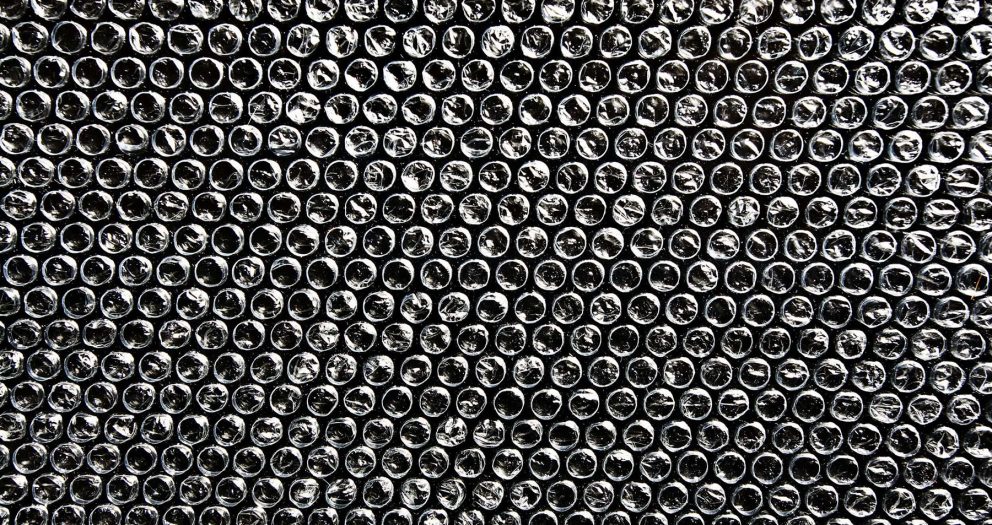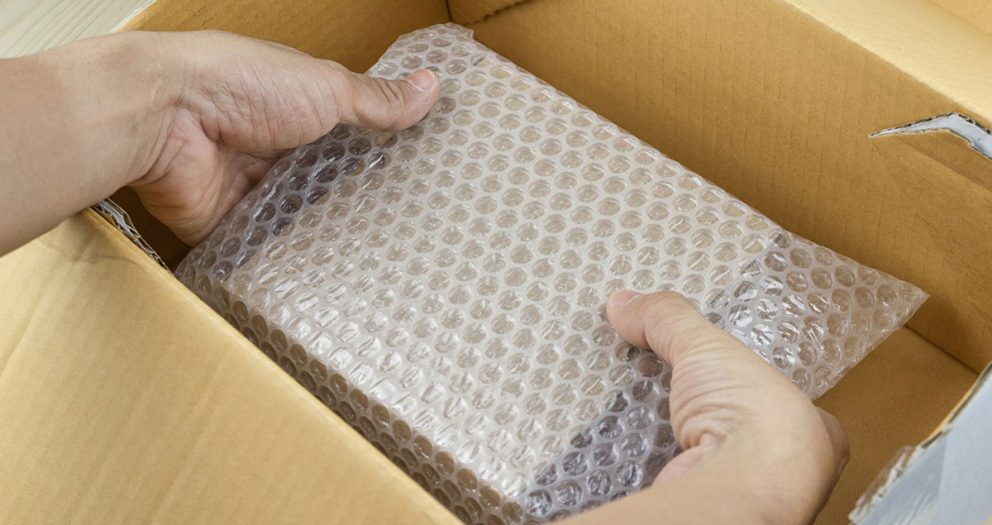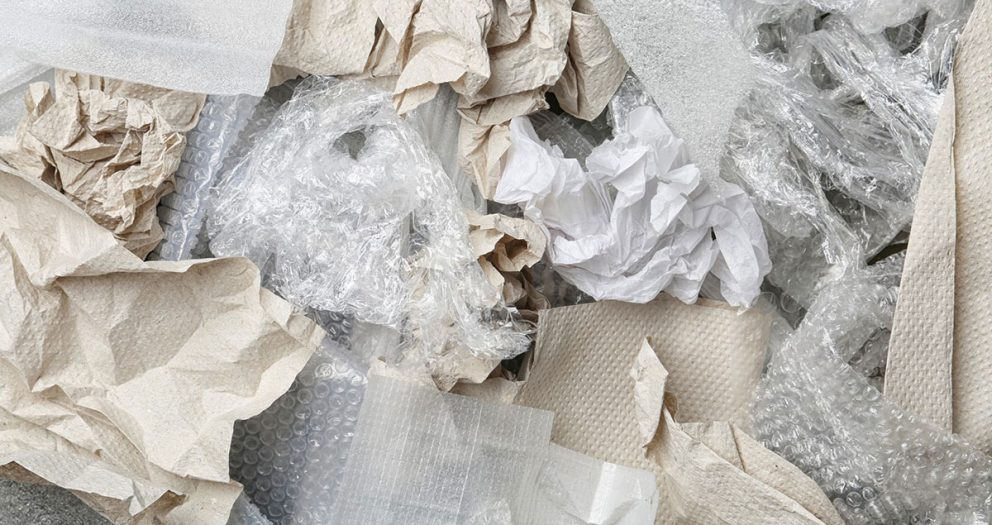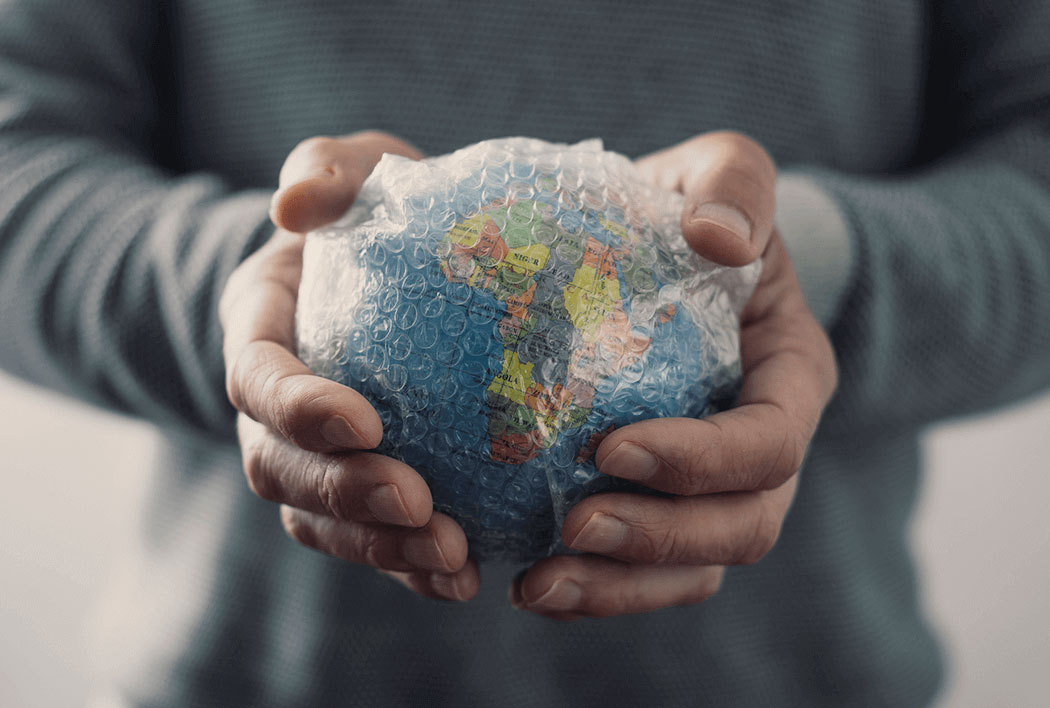If you’re planning to travel with some of your favourite but fragile items, then you’re going to need as much protection as you can get. If you’re already a pro at this, then you probably already know that packing your fragile items with bubble wrap is the safest way to protect them from damage during long travels.
Bubble wrap is a plastic sheet that is commonly used to protect fragile items from impact when travelling or being shipped. The side that does all this magic is the side that contains little plastic bubbles that are filled with air. The other side is flat and close to what you’d call a normal plastic sheet.
Why Use Bubble Wrap For Your Packaging
Well, why not? You’d be hard-pressed to find any other packaging material that’s able to perform better than bubble wrap. Many businesses even use bubble wrap to protect their products during shipping.
The best thing about this protective packaging is that it is lightweight—making it easy and convenient to pack your items with. Second, it is very versatile! For example, if there are still extra spaces in your boxes during a move, then you can fill those with bubble wrap to add extra layers of protection.
Are you afraid that the electronic devices you want to ship together will create static energy and damage themselves? Or are you worried that moisture might find its way into your package somehow? No worries, you can always rely on bubble wrap. Its uses when it comes to packaging are almost endless, you can even line envelopes with it!
So, if you’re planning to relocate or go on a long weekend trip, this is probably one of the top things you should shop for first. It’ll offer you unmatched levels of protection. If you need a packaging material with shock absorption and abrasion resistance, then bubble wrap is the answer.
Choosing Bubble And Bubble Wrap Roll Size
Depending on what you’re trying to achieve and what you want to pack, picking the right roll length and bubble size will matter. You have to cover every inch of the item and in some cases, you may even need to wrap it twice or thrice. Therefore, you must be able to estimate how much bubble wrap you need so you can fully prepare for it.
If you’re looking for something that will just protect extra surfaces during shipping or storage, then small bubbles are going to be the right choice for you. Go large if you’re looking to transport irregularly shaped, fragile, and heavy material. The large bubbles will help protect your package by filling voids in the packaging and protect your items against impact and abrasion in that way. Do you think this type of bubble wrap still won’t be able to do the job quite right for you? Not to worry, there’s a type of bubble wrap with an even extra larger bubble for maximum protection during transit or storage.
The size of the bubble wrap itself, as in length and width, is also a factor. It should be long and wide enough to cover and effectively protect what it’s meant to protect. The bubble wrap should ideally be a little wider than the thing it’s supposed to wrap so that everything gets covered up.
How To Pack Mugs And Other Ceramics Using Bubble Wrap
Bubble wrap is often used on fragile or breakable items such as mugs and ceramics. So, how can you fully cover such items? First, you need to measure the circumference of the mug. Then all you have to do is cut a strip of your bubble wrap and make sure that it would be as wide as the desired length plus at least an inch or two on either side for overlap.
You should then fold under the excess length on the top and bottom of that strip you’ve just created. After that, you can place your mug in between these two parts (the folded part is now on the inside) and wrap it tightly around with more bubble wrap. If you think there’s still not enough protection or if you don’t have any bubble wrap lying around, then you could use crumpled newspaper in place.
If your mug is small, say no larger than an inch across all sides, then what you need to do is measure out a strip of your bubble wrap so that it extends an inch or two on either side for overlapping. Now, cut that strip into two halves horizontally. Take one half and secure it over the top and bottom of the mug with tape. Hold it in place and turn the mug upside down and centre the other part over it, making sure that both parts overlap. And finally, secure them together. You can now wrap this whole thing up twice or maybe even three times again depending on how much protection you need to give your item.
Vases are another item that can be difficult to package. If they were left alone in a box with nothing surrounding them, chances are they’d just slide around inside resulting in lots of broken pieces upon arrival. So, you’ll need to use larger bubbles or maybe even fill up part of the space inside the box with crumpled newspaper for maximum protection during transit.
How To Pack Furniture Using Bubble Wrap
For larger pieces of furniture, the best way to keep them safe during transit or storage is to use a large sheet of bubble wrap. You’ll need to make sure that it properly covers all sides including the bottom and top. Now, take some tape and secure everything in place as tightly as you can. If there are any open areas on your furniture where things could fall through, then utilize some crumpled newspaper for that as well!
The bigger pieces will also require smaller bubble wraps for extra protection. For example, if you have a chair with arms that may be more vulnerable than its back or legs, then you should protect those arms separately from the rest of the chair by wrapping them first with smaller bubbles before you continue to cover the main piece.
How your furniture looks will determine how you should go ahead with wrapping. Let’s say for instance it has four legs, you can either cut two pieces of bubble wrap with dimensions equal to the height and length of each leg so that by overlapping, them they cover all 4 legs. You may also use one piece of large bubble wrap with dimensions just a little extra on all sides so that when laid out against the part covering all 4 legs, there won’t be any overlapping. You can then secure it all together with tape.
How To Pack Electronics Using Bubble Wrap
If you want to make sure that your electronic devices arrive at their destination in one piece, then it’s highly recommended that you invest in a roll of bubble wrap made specifically for this purpose. At the same time, you could also use even smaller bubbles if your item is too small or fragile. If anything, at least use some crumpled newspaper over the device just so no harm comes to it during transit!
For larger electronics like laptops or tablets, place them face-up on either some bubble wrap and then secure it with tape so the item doesn’t move while in transit. Now, take some of the bigger bubbles, cut them with dimensions equal to the height and length of your laptop or tablet, and carefully rest them on top of everything. Just be sure that there is an equal amount of bubble wrap on all sides (top, bottom, left, right, front and back) so that no harm can befall your item.
If you think there might not be enough protection or if the surface area is just too great, then use an extra-large bubble wrap instead because you can fold it several times at different angles to get maximum coverage for your goods. Put all of your appliances together on top of this, and make sure to place them in the centre of the bubble wrap first before taping it shut. When you are done taping all areas securely, go ahead and mark your package as “Fragile” or “Handle with Care” to let everyone along the delivery process know how delicate your item is.
When it comes to smaller items like phones or small laptops where you don’t need to use as much bubble wrap, then just take some small bubbles and crumpled newspapers and place them on the top and bottom of your item, be sure to secure it with tape so that the item doesn’t shift around in transit—that’s all there is to it!
How To Pack And Secure Items Inside Boxes
If you’re using boxes, tape your items to the bottom so that they stay in place during transit. This will not only help keep the contents safe but will also hold everything together as well. If you’re packing several items into one box, then make sure that they are spaced evenly apart and that nothing protrudes out too much as this may cause damage or puncture during transit.
When placing or positioning your items inside the box, put the most fragile ones at the very centre so that the surrounding objects can act as extra support or protection. If you don’t have enough bubble wrap to cover every single side of the box, then crumpled newspaper can also serve as support to keep items sturdy during transit.
How To Pack Electric Appliances Using Bubble Wrap
One of the best ways to pack appliances is by placing them in between the box’s flaps and creating a cupboard so that there are two sides—one facing up while the other faces down. If you think there might not be enough protection for something fragile or if the surface area is just too great, then use an extra-large bubble wrap instead because you can fold it several times at different angles to get maximum coverage.
Put all of your appliances together on top of this, making sure to place them in the centre of the bubble wrap first before taping it shut. When you are done taping all areas securely, go ahead and mark your package as “Fragile” or “Handle with Care” to indicate that the items inside are delicate.
Pro Tips When Packaging Anything Using Bubble Wrap
The best way to pack using bubble wrap is by making a tray. If you have a heavy object that needs protection, your first layer must be bubbles and you have to overlap them as much as possible so there are no gaps. Place the heaviest object in the centre of this section with surrounding objects acting as support on all sides or angles.
Next, put another layer of overlapping bubbles around the object just like how it was before but this time, with smaller bubbles underneath. Make sure that each small bubble is facing towards where you want your load to shift if need be (say for example an electric appliance door). Secure everything together by taping so nothing moves or breaks off during transit. You may also use several items inside one box especially if they’re heavy or fragile since that will cut down on costs even more!
More Tips
You can also use packing peanuts to absorb shock, but they’re not recyclable once used up. They do work well on softer objects though. So, if you have something breakable that is not essentially made of glass or ceramic, then consider using these instead of bubble wrap. You can also recycle old newspapers by using them as packing material. You can save money by using recycled materials from your home.
Wrap It
With bubble wrap, you can be sure that your most delicate items will not only reach their destination in one piece but will also be ready for use as soon as they’re unpacked! Keep these things in mind to know how to properly use and secure your items using bubble wrap.

